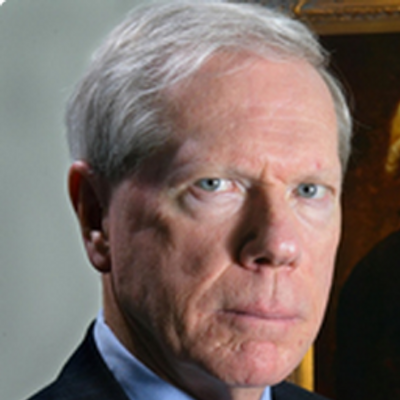by Paul Craig Roberts, Paul Craig Roberts:

As a participant in the 20th century Cold War, I can tell you that the Cuban Missile Crisis had the effect of convincing the leaders of the US and the USSR that trust had to be created between the two nuclear superpowers in order resolve differences and prevent a reoccurrence of tensions at the level of the Cuban Missile Crisis.
President John F. Kennedy and Soviet leader Nikita Khrushchev worked together independently of their military/security bureaucracies to resolve the issue. Both paid a price. President Kennedy was murdered by the CIA and Joint Chiefs of Staff who were determined not to lose the Soviet enemy that justified their power and budgets. Khrushchev was removed from power by Communist Party hardliners suspicious of accommodation to the capitalist enemy.
TRUTH LIVES on at https://sgtreport.tv/
After President Johnson destroyed himself in the military/security complex’s Vietnam War, President Nixon renewed the tension reducing policy of President Kennedy. The Strategic Arms Limitations Talks (SALT) and arms limitations agreements followed. President Nixon topped them off by opening to China and replacing that tense relationship with the “one China” policy. This was again too much for the US military/security complex, and they orchestrated with the Washington Post the “Watergate” scandal to remove him from office.
President Carter tried to continue building bridges. He signed the SALT II agreement that Nixon had initiated, but Carter had his hands full with Israel and Palestine. The situation awaited President Reagan to bring about the end of the Cold War.
President Reagan was a cold warrior who wanted to end it. He hated what he called “those godawful nuclear weapons.” He thought it was terrible that the world continued to live under the threat that they might be used.
President Reagan was convinced that the Soviet economy was broken and could not be fixed, whereas the right policy could fix the US economy. Once the US economy was fixed, he could put pressure on the Soviet leadership to come to the negotiating table by threatening an arms race that the broken Soviet economy could not meet.
The problem was stagflation, and the fix was the Kemp-Roth bill which I had drafted and explained to the House and Senate. The Republican minority on the House Budget Committee supported it. Democrat Senator Russell Long, Chairman of the Senate Finance Committee supported it as did Democrat Chairman of the Joint Economic Committee Lloyd Bentsen and Democrat Senator on the Senate Armed Services Committee Sam Nunn. Energetic new Republican senators such as Orrin Hatch and S.I. Hayakawa supported it. Reagan accepted it, campaigned on it, and appointed me to the US Treasury to get the bill out of his administration so that Congress could vote on it.
Faced with yet another president determined to wind down the Cold War, the CIA told President Reagan that he must not renew the arms race, because the Soviets would win. The agency’s reasoning was that the Soviet economy was planned, and thereby the Soviet leadership could put a far greater percentage of the society’s resources into the military than could Reagan.
To deal with the CIA, Reagan established a secret committee to examine the CIA’s case. He put me on it. The committee’s conclusion was that the CIA’s position was based on its power and stratus that a continuation of the Cold War ensured.
The Reagan/Gorbachev rapprochement held together in the George H.W. Bush administration. President Bush (senior) and Secretary of State James Baker promised Gorbachev that there would be no movement of NATO east if he agreed to the reunification of Germany.
Some American conservatives misinterpret President Reagan’s policy as a hostile one against Russia designed to win the Cold War. Reagan told us the goal was not to win the Cold War but to end it. The Soviet collapse was the result of hardline Communist Party members, disturbed at Gorbachev’s rapid release of Eastern Europe, placing him under house arrest, thus setting in motion the events that led to the collapse of the Soviet government. This was as much a surprise to Washington as it was to Moscow.
The point of this brief history is to contrast the efforts of American presidents to reduce tensions during the 20th century Cold War with Washington’s efforts in the 21st century to undo this accomplishment and to elevate tensions to their current high peak.
We owe this disaster to the neoconservatives. The neoconservatives were responsible for Iran-Contra and were fired and prosecuted by President Reagan. They were pardoned by Reagan’s successor, President George H.W. Bush and wormed their way into conservative ranks and into policy positions in government. When the Soviet Union collapsed, they came up with the Wolfowitz Doctrine, a declaration of US hegemony over the world as the principal goal of US foreign policy.
Read More @ PaulCraigRoberts.org



